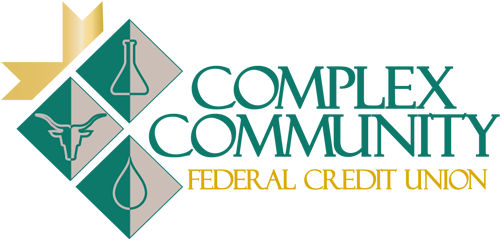“The average American between the ages of 35 and 44 has just over $22,000 dollars saved for retirement. For people who are entering their prime earning years, this is far too low.“
If you want to retire at age 65 and live on $50,000 a year, you’ll need about 15 times that much, assuming you live to the average age of 72. For most Americans, retirement seems like an always-distant horizon. They can always see it, but they never quite have enough money to reach it. As a result, they end up working long into their 70s.
Where do I start if I haven’t?
There is a way you can save more for retirement, while also saving on your tax bill and earning interest on your investment. It’s called an Individual Retirement Account (IRA). It’s a managed investment account, like a mutual fund, that will grow your wealth so you can enjoy your retirement.
If you work for a large company, you may have something like an IRA: a SIMPLE IRA (Savings Incentive Match Plan for Employees) or a 401(k). Even if you’re maximizing your contributions to these programs, you can still use an IRA from your credit union. The extra money you save in an IRA can pay for the things you’ve always wanted to do. You can spend your retirement traveling the world or going back to school. All you have to do is start planning now.
Successful investing in an IRA is more about starting early. If, at age 18 you deposit $5,000 into an IRA and it earns 8% per year, you will retire with $164,000 dollars, assuming you make no other savings. Doing the same thing at age 39 will build a nest egg of a mere $40,000. The key to successful retirement savings is good and early planning.
Is there a deadline?
The deadline for contributions to count against your tax burden is traditionally on tax day, around April 15th. The time to start investing in a brighter retirement future is now.
Let’s take a look at some benefits of investing in an IRA:
IRAs come in two forms: Traditional and Roth. A Traditional IRA is tax-deferred. You don’t pay taxes on the money you put into a Traditional IRA. Instead, you pay taxes on your withdrawals (which we don’t recommend if your intention is to save, do your best not to withdraw) If you’ll have less income after you retire, a Traditional IRA can save you money on your tax bill.
You invest in a Roth IRA with your post-tax salary/income. Then, you don’t have to pay taxes on the withdrawal. Roth IRAs make the most sense for people who expect to draw a significant post-retirement income.
The best part about retirement savings with an IRA is that it requires little direct management. You can set up direct deposit from your paycheck to your IRA, allowing you to grow your savings over time. You’ll receive a monthly statement, just like you do from your checking account and it will show you how much your investments have grown.
IRAs offer some flexibility. Withdrawals before retirement incur a tax penalty and other fees, but the money in an IRA is accessible in the case of emergency. You can also change the size of your contribution month-to-month. This flexibility means you can take advantage of sudden hardships or expenses.
Relying on Social Security or other guaranteed income for your retirement is not a good idea. The demands that are placed on these programs keep going up and contributions to them keep going down. It doesn’t take a professional financial analyst to see that these trends can’t go on forever. Take charge of your financial future and do it now. Make an appointment with your member service representative at CCFCU and start taking charge of your financial future!

